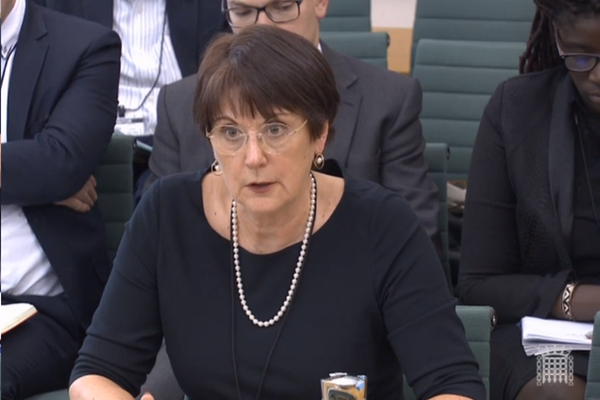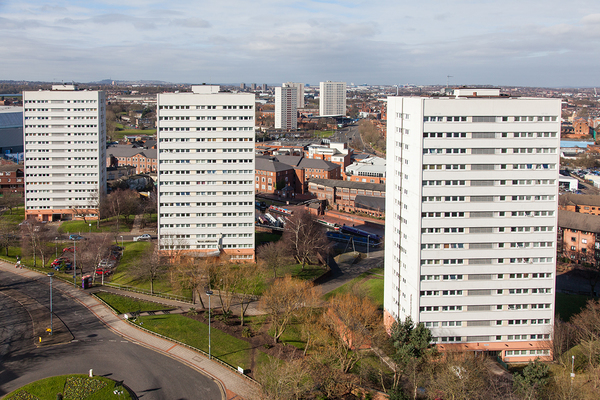 Scott Dorling
Scott DorlingLandlords must work fast as new building safety laws loom
The biggest shake-up in building safety laws in 40 years, in response to Grenfell, has moved a step closer with the government unveiling a draft bill. Landlords must start to act now if they haven’t already, says Scott Dorling
The new Building Safety Bill was published yesterday, and the enhanced regulatory regime is likely to take effect in autumn 2021.
The bill proposes total regulatory reform to the fire and structural safety regime for all higher-risk buildings (as they are described in the draft bill) with the prospect of this being extended to many more buildings.
The regime will cover all multi-occupied residential buildings of a prescribed height, according to the bill.
Regulations will set out what that prescribed height is but from the government consultation we know this is likely to be more than six storeys or 18m, whichever measurement is reached first.
We also know that the scope is likely to be extended in due course to other types of tenanted buildings, based on “emerging risk evidence”.
While these aren’t named, we know from last year’s consultation that the government is eyeing other non-residential buildings where people sleep, including schools, hospitals and prisons.
Given the tabling of the bill and despite the current difficulties presented by the COVID-19 outbreak, public and private sector landlords of higher-risk buildings need to continue their work – or quickly get up to speed – in addressing the new fire and building safety regime.
This is no small ask.
“Numerous difficulties are faced by landlords of higher-risk buildings where the safety cases will have to address a diverse population of tenants with a myriad of needs and physical requirements”
The safety case that underpins the new regime requires new thinking by landlords of higher-risk buildings including the designation of new duty holders and the appointment by landlords of a building safety manager for each higher-risk building during its occupation.
Based on the safety case approach more usually found in high-risk industries such as civil aviation, nuclear and oil and gas, the new regulatory regime covers all stages of a building: from the design, procurement and construction of a higher-risk building, to the in-occupation, management and maintenance phase.
Numerous difficulties are faced by landlords of higher-risk buildings (particularly those already existing/in occupation) where the safety cases will have to address a diverse population of tenants with a myriad of needs and physical requirements, under different tenures.
The bill now brings into sharper focus some of the main issues that landlords gearing up for the legislation have been anticipating. These include:
- New criminal sanctions – including imprisonment up to two years and fines – that will attach to the accountable person. This is the legal person who under the new regime will be responsible for the fire and structural safety of higher-risk buildings. Criminal liability could also attach to individual directors, managers and members of the accountable person, if it is a body corporate, where there is consent, connivance or neglect by the individual.
- Hard stops to building projects at planning, construction and occupation stages if the new Building Safety Regulator is not satisfied with the safety information provided.
- The requirement for a building assurance certificate for all higher-risk buildings. The detail as to the longevity and renewal requirements of the building assurance certificate will be prescribed in regulations but we anticipate from the previous consultation that a five-yearly (standard) renewal is likely.
- New statutory duties on residents including to assist the building safety manager in carrying out their duties to assess and take steps to prevent building safety risk. These new duties will be subject to further regulation but the bill provides for the accountable person to be able take action in the county court where there has been an alleged contravention by a resident with the county court being able to order steps to be taken or prohibited by the resident.
- The creation of a new Building Safety Regulator with real teeth.
The Building Safety Bill represents the most radical change to the UK building industry since the advent of the Health & Safety at Work Act in 1974.
The industry cannot wait for the bill to become an act of parliament before it is ready to implement the new regime.
Scott Dorling, partner, Trowers & Hamlins











